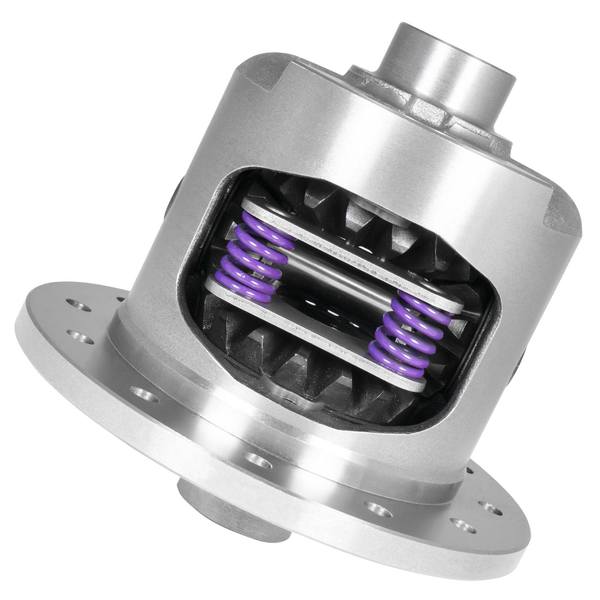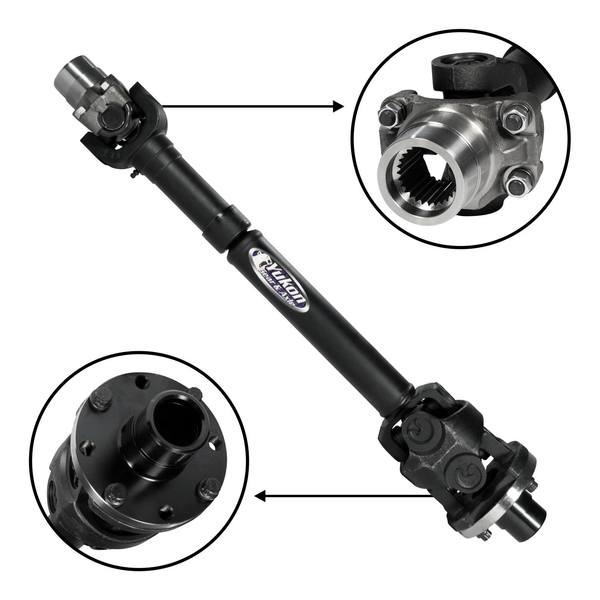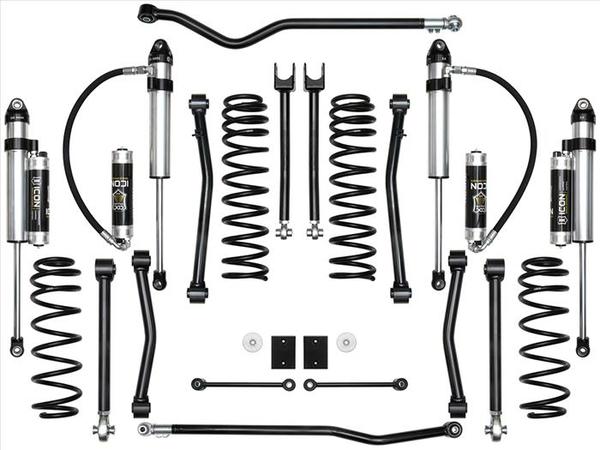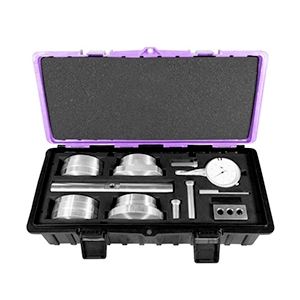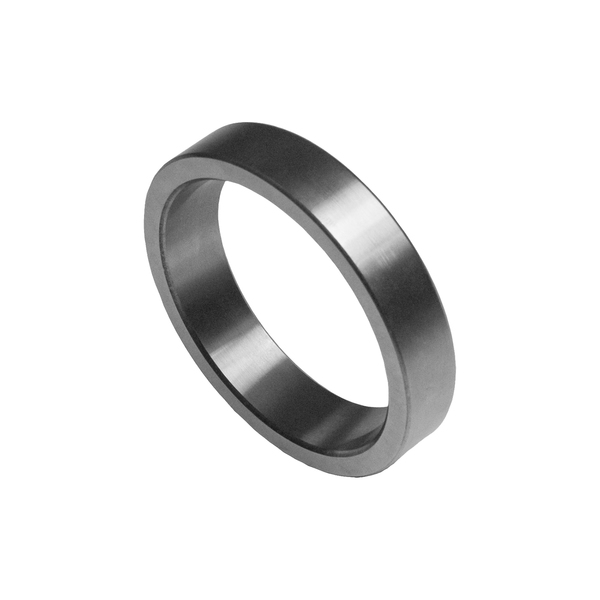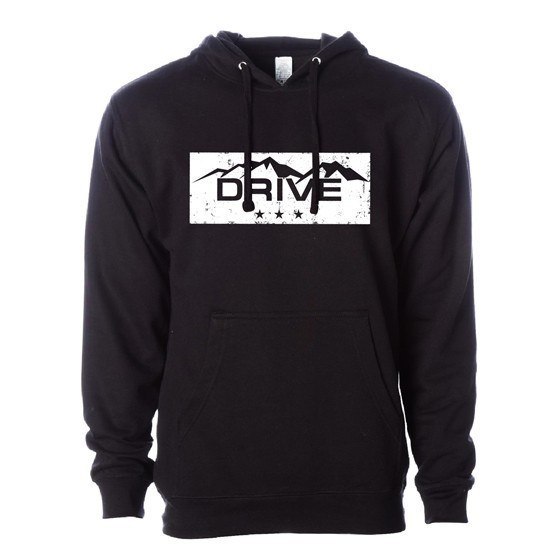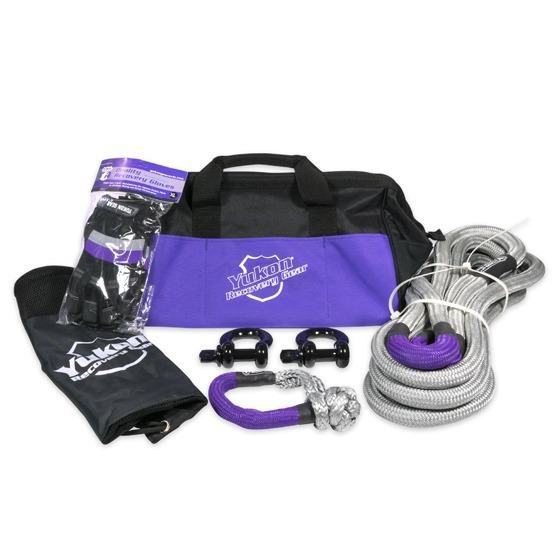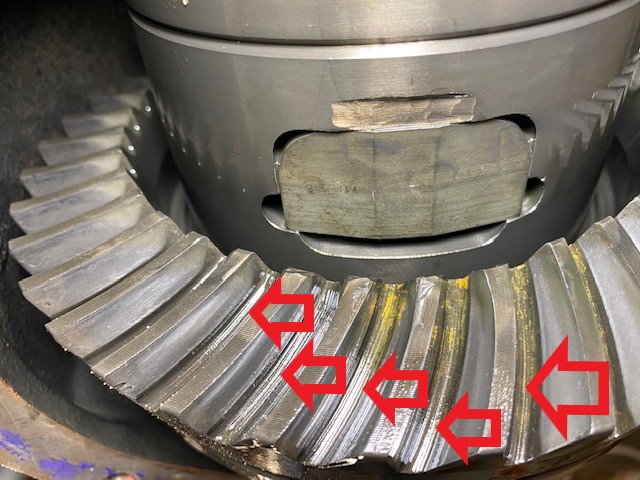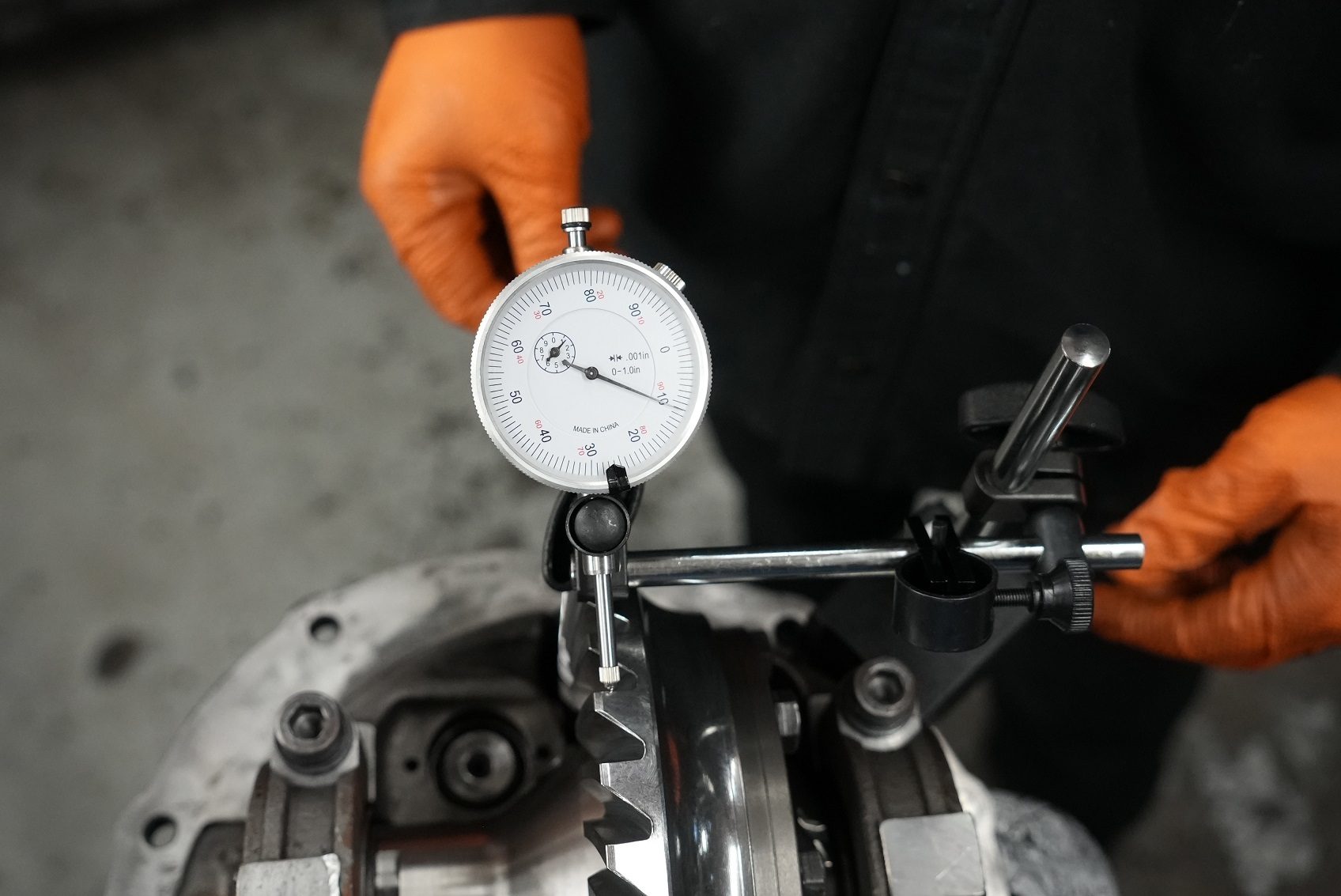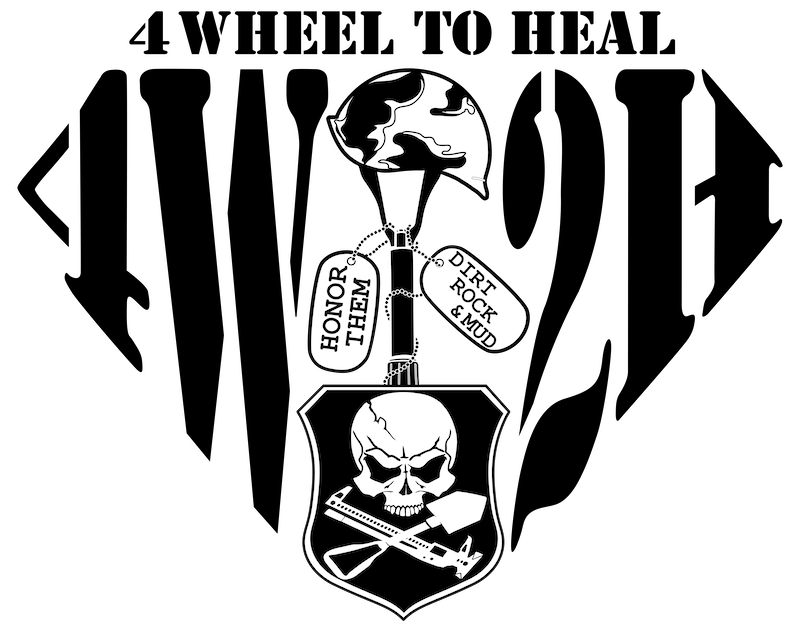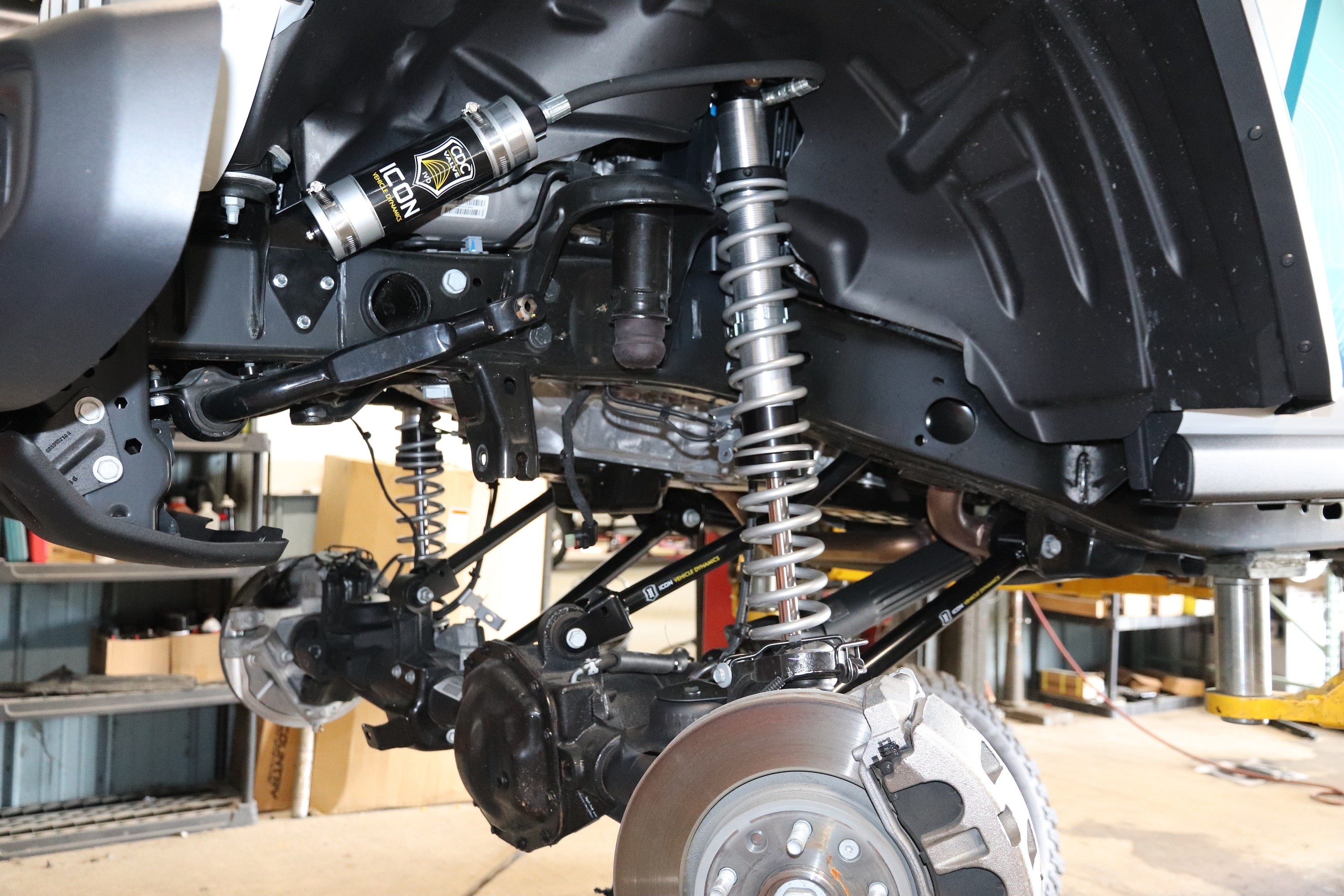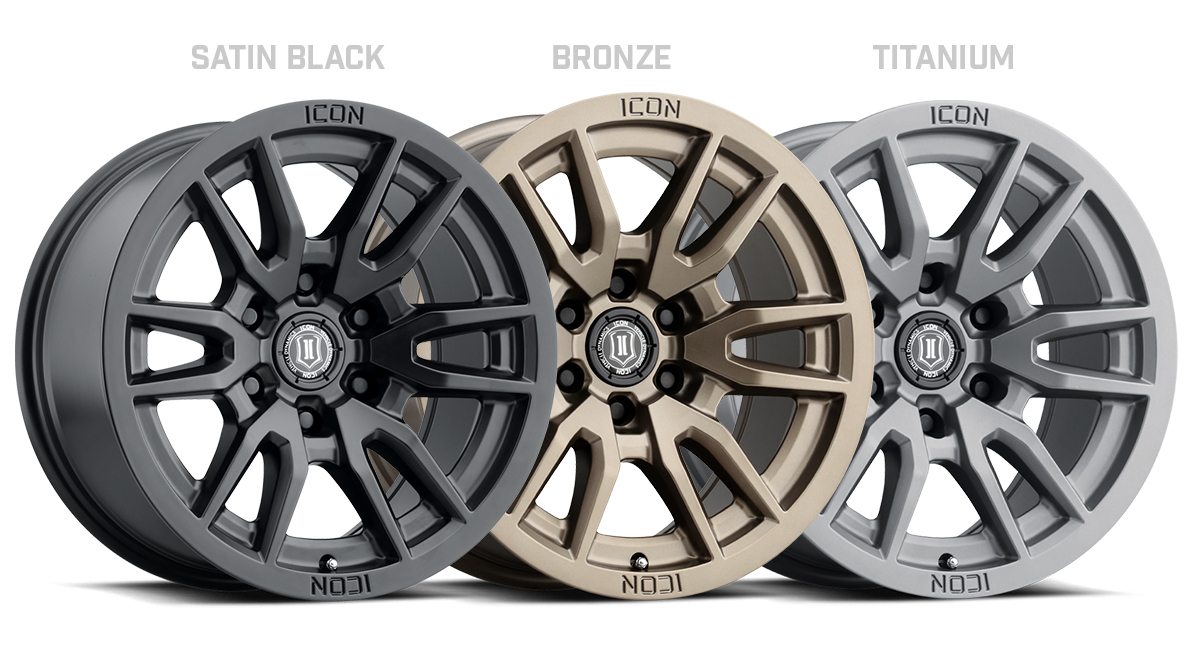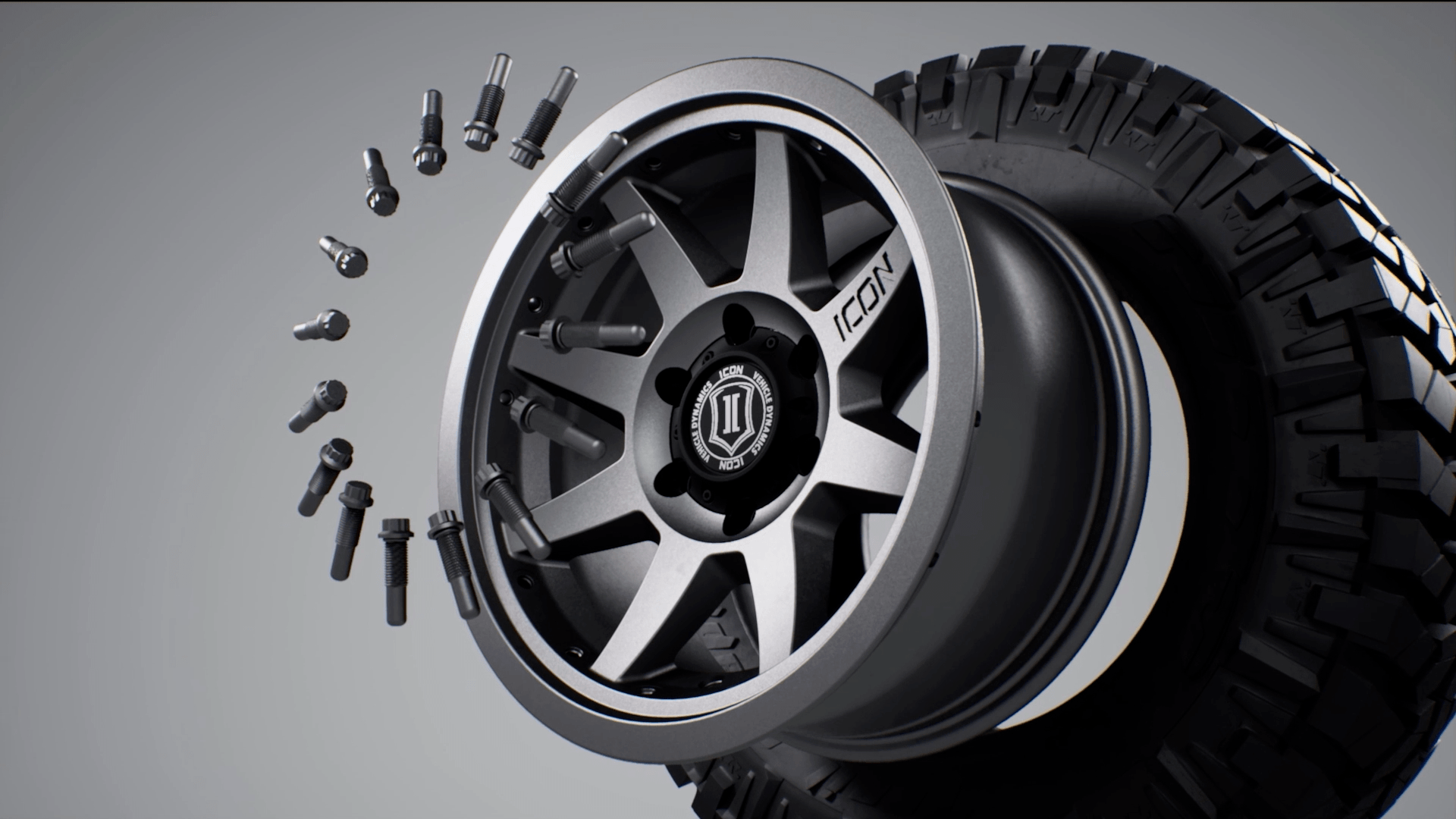Gear break-in is a crucial process that involves controlled heat cycling of the gear set to properly season and harden the contact surfaces as well as to polish and establish the final contact pattern on the gear face. It is essentially a series of test drives that play a vital role in ensuring the long-term durability and optimal performance of the gears. Neglecting or improperly conducting the break-in procedure can lead to damaged or failing gears, necessitating a complete re-do of the installation.
Even after the gear installation is completed, with correct backlash and preload settings, the break-in process is a make-it-or-break-it proposition. This involves driving the vehicle on urban roads and freeways, as different vehicle speed ranges induce varying levels of heat cycling. Additionally, if towing is part of your intended use, an additional round of break-in is necessary. Towing puts additional pressure on the pinion and slightly alters its position on the ring gear teeth. By subjecting the gears to this towing-induced stress during the break-in period, you effectively harden and condition the specific areas of the gear teeth that come into contact under towing conditions.
Proper Gear Break-In: 5 Essential Steps
Properly conducting the gear break-in process is of utmost importance, as it can make a significant difference between encountering gear-related issues down the line and enjoying trouble-free driving for years to come. By adhering to the recommended break-in procedures, including the specific requirements for towing, you ensure that the gears are thoroughly seasoned and hardened, promoting their longevity and reliability.
To ensure the proper break-in of new gear sets and prevent overheating damage, it is crucial to follow these guidelines:
- 1) Drive light-footed at low speeds for the first 15 to 20 miles: Take it easy and baby the vehicle during the initial 15 to 20 miles. Afterward, stop and allow the differential to cool down before continuing. Repeat to 100 miles.
- 2) Avoid heavy acceleration: During the first 100 miles of the break-in period, avoid any sudden or extreme acceleration and steep hills, as this can put excessive stress on the gears.
- 3) Change the gear oil after the first 500 miles: After driving approximately 500 miles, it is advisable to change the gear oil. This helps remove any metal particles or phosphoric coating that may have been shed by the gear set during the break-in period.
- 4) Drive at least 500 miles before towing: To retain the warranty on the gears, it is recommended to drive the vehicle for a minimum of 500 miles before towing any heavy loads.
- 5) Break in the gears when towing for the first time: If you need to tow a load for the first time, follow this procedure: Drive a very short distance (less than 15 miles) with the full load, then stop. Allow the differential to cool for approximately 20 minutes before proceeding. Repeat this process two more times, covering a total distance of approximately 45 miles, to fully break in the gears.
By adhering to these guidelines, you can ensure a proper break-in of your new gear sets and minimize the risk of overheating damage. It's important to follow these recommendations to maintain the warranty on the gears and promote their longevity and optimal performance.
How Hot is Hot?
We’re not talking about judging the temperature by touch. Most people find it difficult to hold a cup of coffee that is at 140°F, and a shower at 120°F can cause scalding. To obtain more precise temperature readings, we recommend using a handheld infrared digital thermometer, which can be purchased for $15 to $50 at most any auto parts store. By using this tool, you can determine the temperature more accurately and refer to the chart below to determine the appropriate oil change interval.
During the break-in period, it is normal for new differentials to run at temperatures ranging from 250°F to 275°F. It is crucial to avoid towing or embarking on long road trips during the first 500 miles, as these activities generate additional heat. If the differential reaches a temperature of 300°F, it is considered too hot, and it should be allowed to cool down.
Once the break-in period is completed, the normal operating temperature for a differential in a vehicle with stock trim and regular driving conditions is between 170°F to 220°F. However, for vehicles equipped with large tires, undersized differentials, or engaged in towing, the normal operating temperature ranges from 200°F to 250°F.
Remember that a new gear break-in requires an oil change at 500 miles to ensure optimal performance and longevity of the differential.
Use your findings in the chart below to determine your oil change interval.
Temp Reference / Oil Change Frequency Chart
| TEMPERATURE | FREQUENCY |
|---|---|
| 170° | 100,000 Miles |
| 200° | 50,000 Miles |
| 220° | 25,000 Miles |
| 240° | 12,000 Miles |
| 260° | 5,000 Miles |
| 260°-320° | 500-1,000 Miles [until temp is controlled] |
Mistreated & Overheated:
How Improper Gear Break-In Kills Your Gears
When examining the accompanying images of mistreated and overheated gears, several key factors come into focus. One of the most significant is the process of gear meshing during a correct break-in procedure. As temperature rises and pressure is applied, these forces work to harden and compress the grain structure, effectively smoothing the surfaces of the gear teeth. However, in the images provided, the teeth appear coarse and exhibit an exposed grain structure, indicating insufficient break-in.
Another crucial but often overlooked aspect is the role of the oil in the cooling down process, known as "quenching" the gears. Similar to the technique used in knife making, where super-heated metal is rapidly cooled in an oil bath, this process alters the surface metallurgy of the gears. However, in gear break-in, we aim to avoid extreme heat like that used in knife manufacturing. This heating and cooling cycle is repeated during the drive cycles of the break-in period, contributing to the gear's overall durability.
.jpg)
Breaking in deep gears on a small differential can be challenging due to reduced contact area and less metal in the pinion head to act as a heatsink. Excessive heat during the break-in period can also cause the hard face built up through initial break-in to peel away under gear meshing, leading to changes in backlash. This fracture and peeling off of the hard face exposes a rough grain structure, essentially reverting the metal back to its pre-break-in condition. Subsequently, the gear break-in process restarts with even rougher gears, creating a downward spiral. Additionally, gear geometry is altered as the teeth become thinner and smaller, further exacerbating the issue. While adjusting backlash may address one variable, it fails to address the underlying problem.
The burnt ring gear pictured above shows the telltale signs of heat damage due to improper break-in: Coarse grain structure (red ovals) on the teeth where there should be a mirror-like finish and fracturing across the face (yellow arrows).
Another frequently disregarded concern is the cooling airflow from underneath the vehicle. At highway speeds, the airflow around the differential can become stagnant. Surprisingly, overheating gear sets often result not from actual overloading but from driving at high speeds for extended periods too early in the break-in process. Light throttle cruising at freeway speeds, although seemingly gentle on the parts, can generate more heat than the differential can dissipate. This particular scenario accounts for a significant number of gear set failures during the break-in phase.
Based on these observations, it is recommended to use a quality 80-90 GL5-rated conventional gear oil during the break-in period. If there is a suspicion of overheating, changing the oil is advisable since conventional gear oil is relatively inexpensive. It's essential to remember that differentials lack internal filtration, making regular draining, cleaning, and refilling necessary to remove wear particles. Additionally, conventional gear oil possesses distinct properties that facilitate effective gear "quenching," maintaining viscosity better and adhering to parts more effectively compared to synthetic oils.
In conclusion, proper gear break-in is a critical to carefree motoring. By following these guidelines and understanding the intricacies of gear break-in, owners can ensure the longevity, reliability, and performance of their gears, mitigating the risks associated with improper break-in practices.
 AMC
AMC
 Chrysler
Chrysler
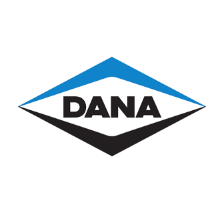 Dana
Dana
 Ford
Ford
 GM
GM
 Isuzu
Isuzu
 Nissan
Nissan
 Suzuki
Suzuki
 Toyota
Toyota
